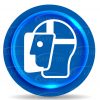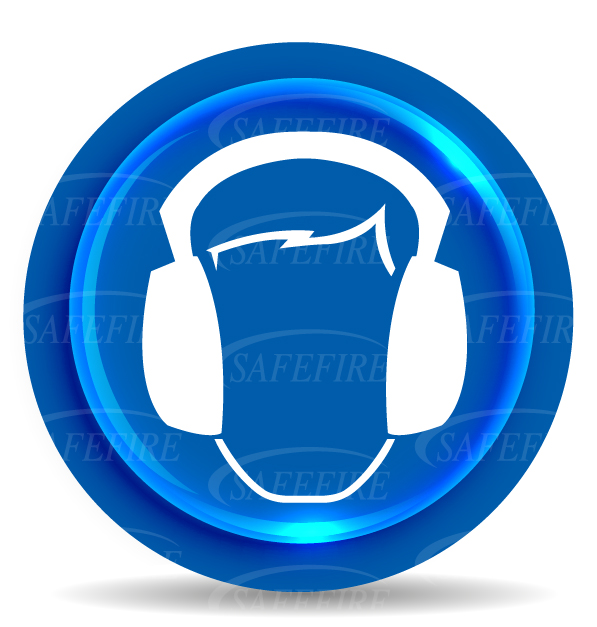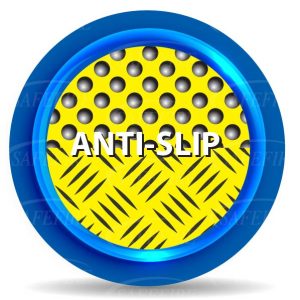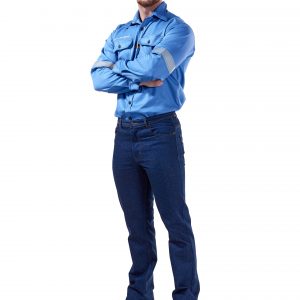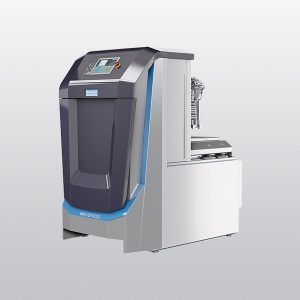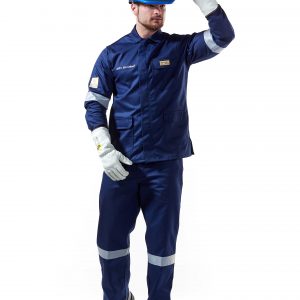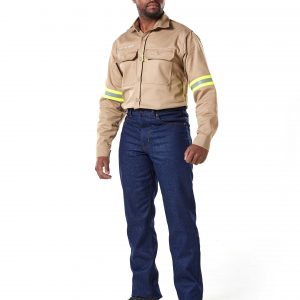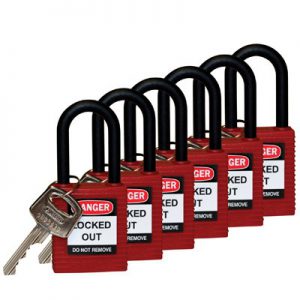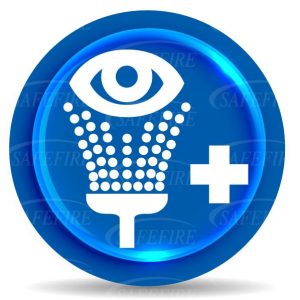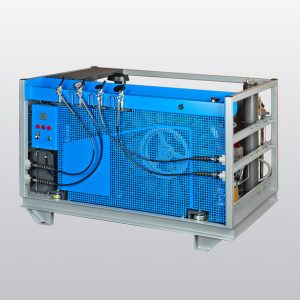Ear Muffs
When is hearing protection needed?
According to The Control of Noise at Work Regulations 2005, the exposure level at which employers need to provide hearing protection is a daily or weekly personal noise exposure of 85 dB (decibels). Those who are working in noise levels between 80 dB (lower action level) and 85 dB must be provided with suitable hearing protection on request. Where noise levels reach or exceed 85 dB (upper action level), suitable hearing protection must be supplied and worn. Workers must not be exposed to noise levels exceeding 87 dB, whether they are wearing ear protection or not.
How to choose hearing protection?
When you are looking for fit-for-purpose ear protection, look out for the EN 352 markings. EN 352 certification will ensure they have been tested in accordance with European standards, and therefore possess all of the properties required for effective and reliable hearing protection.
Before a decision is made, however, you will need to work out the particular employee’s daily or weekly noise exposure, measuring the noise level of each task they are required to carry out and how much time is spent on the task. This can be done with a professional decibel meter (sound level meter).
The noise levels recorded can then be entered into a noise exposure calculator. Once you’ve calculated the employee’s daily or weekly noise exposure, you then need to work out what Single Number Rating (SNR) is required to maintain compliance with The Control of Noise at Work Regulations 2005.
Every hearing protection product will come with an SNR, and this allows you to compare the protection offered by different products in order for you to make the best decision. The higher the SNR level, the more protection the product gives. Here are the SNRs required to remain compliant at various noise levels

Related products
Anti-Skid Protection & Flooring
Arc Flash
Breathing Air Compressors
Arc Flash
Arc Flash
Safety
Safety
Breathing Air Compressors

